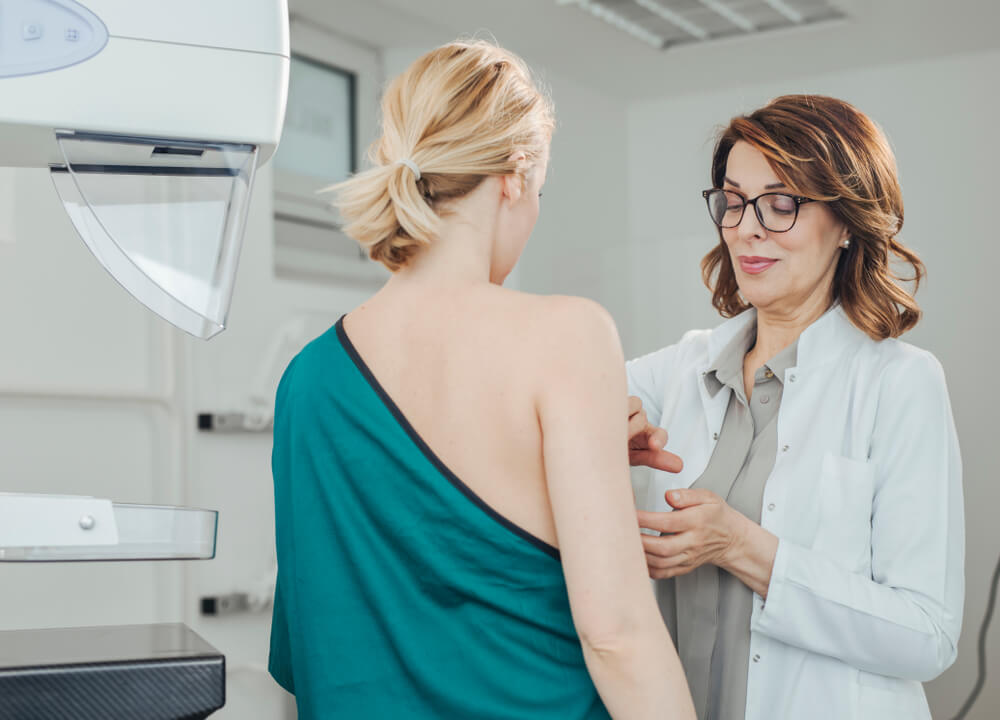The idea of a well woman exam is uncomfortable for many people. However, these exams are vital to ensuring a woman’s health, starting between the ages of 13 and 15 and continuing throughout their adult lives. Due to the presumed nature of the visits, there are lots of misconceptions about what takes place during the examination and its purpose in adolescent and adult health. Below, we’ve outlined the importance of an annual women’s exam, how it can impact your health, and what you can expect during your visit.
What’s a Female Annual Exam?
Many patients don’t fully understand what this type of exam entails. It’s important to know what to expect as well as the purpose of the examination. Removing the stigma helps women recognize when they need to schedule their regular appointments.
Simply put, these visits measure the overall health and wellness of women. While some exams may include a Pap test or other cervical examinations, not every visit requires one. All women should have an annual OBGYN exam to monitor overall health. In many cases, these wellness exams measure risk factors associated with a variety of potential health issues women face.
Some health issues and medical requests that can be detected by a regular Bradenton well woman exam include but are not limited to:
- Potential for stroke, heart disease, and other health problems that impact women at twice the rate of men
- Hormonal issues that may be symptomatic of other medical problems, such as thyroid imbalances and autoimmune disorders
- Infertility and fertility, weight management, and body image issues
- Family planning, including ovulation tracking and cycle awareness
- STDs, cervical cancers, and breast cancers
Therefore, it is easy to see that having these exams performed regularly can help prevent and diagnose health issues that impact women throughout their lives. By undergoing OBGYN testing annually, women drastically reduce the chances of common health issues. They’re also more likely to catch and effectively treat late-in-life health issues, such as breast cancer and menopausal complications before they become life-threatening.

Well Woman Exam Guidelines
Exact specifications for testing guidelines often vary by age. Those without potential risk factors for long-term health issues may not need the preventative services routinely performed at late-in-life well woman exams. Additionally, intervals for testing may vary based on patient health and wellness factors. Before skipping routine appointments or making assumptions, women should verify their health and wellness needs.
There are basic routine appointment guidelines that OBGYNs offer patients, however. The following information is generally gathered at every appointment regardless of age.
- Height, weight, and BMI
- Date of patient’s last menstrual cycle, length of cycle, and cycle regularity
- Sexual activity, partners, and birth control methods
- Family history of medical issues such as heart disease, stroke, high blood pressure, diabetes, and cancer
- Patient history of surgeries, abnormalities in previous examinations, and general health
- List of patient’s current medications, activity levels, and risk factors such as smoking, drinking, and unprotected sex
By gathering this information at every appointment, a patient’s OBGYN can determine what additional tests to perform, if any further tests or examinations are needed. For younger clients, parents often provide family history information.
Additional health and wellness information, discussed between the patient and the physician, cannot leave the room without the patient’s permission. There is only one exception to this rule — if the information requires action on the physician’s part due to their mandatory reporting policies, the physician must report it to local authorities. These practices develop a sense of trust and security between the patient and the provider, which can be vital in developing positive personal wellness practices.
What Else to Expect
Once the physician completes the patient history section of the exam, they may request additional OBGYN testing. In many cases, the physician will perform a breast exam, even on younger patients. While individuals argue that this may not be beneficial, self-breast examinations are an important part of a woman’s wellness routine. Teaching younger patients how to perform the examinations on themselves allows them to learn how to notice abnormalities in their breasts, which can be lifesaving.
For individuals under the age of 21, a pelvic exam is optional. Typically, OBGYN guidelines suggest these exams only if the patient expresses discomfort or concern in the pelvic region, has significant risk factors, or has a history of medical issues that deem it necessary for an examination to take place. For clients under the age of 18, however, pelvic exams are not recommended unless the patient expresses concern or has previous risk factors.
These appointments should focus on guidance, body image, and overall personal wellness. Patients who did not visit a gynecologist until later in life may also receive the same type of counseling to ensure proper education. This helps patients to develop an understanding of what is and is not normal for their bodies. They’ll also learn when they should seek medical assistance.
For patients 21 and older, a routine external pelvic exam is recommended. This part of the female wellness exam allows OBGYNs to look for signs of potential health issues and address any concerns. However, an internal pelvic exam may not be necessary for every appointment. The American College of Obstetricians and Gynecologists recommends women receive an internal pelvic exam at least every five years, if not more frequently. Ultimately, the decision for frequency comes from medical history, risk factors, and patient input. Many clinicians recommend a regular Pap smear every two to three years, however.
Lastly, at the end of the OBGYN testing, physicians may recommend STD and pregnancy testing. These tests might include culture samplings, such as blood or urine. The requirements for these tests vary based on sexual activity, use of protection, and the number of partners.

The Importance of a Well Woman Exam
Ultimately, the misconception that a visit to an OBGYN is a simple Pap smear keeps many women from scheduling their regular appointments. However, by scheduling a well-woman exam, patients are ensuring their total health and wellness. Based on personal and family history, OBGYN practitioners determine the ideal treatment plan for each patient.
Routine wellness checkups can save lives. Patients who learn their body’s “normal” early in life are far more likely to notice issues and seek medical help. As women age and their risk factors for breast and cervical cancer increase, this can be a vital step in prolonging their life expectancy. Additionally, understanding personal risk factors from an early age allows women to be more conscious of their health and take preventative measures to combat long-term health issues.
Well-woman appointments provide females of all ages with the tools they need to be proactive about their health throughout all stages of their lives. If you are interested in booking an appointment or have questions for our medical team, we encourage you to reach out to Women’s Care of Bradenton for more information. Our friendly and kind staff, unapologetic professionalism and expertise, as well as top-notch equipment, are the reason why so many ladies have already put their trust in Women’s Care of Bradenton.


